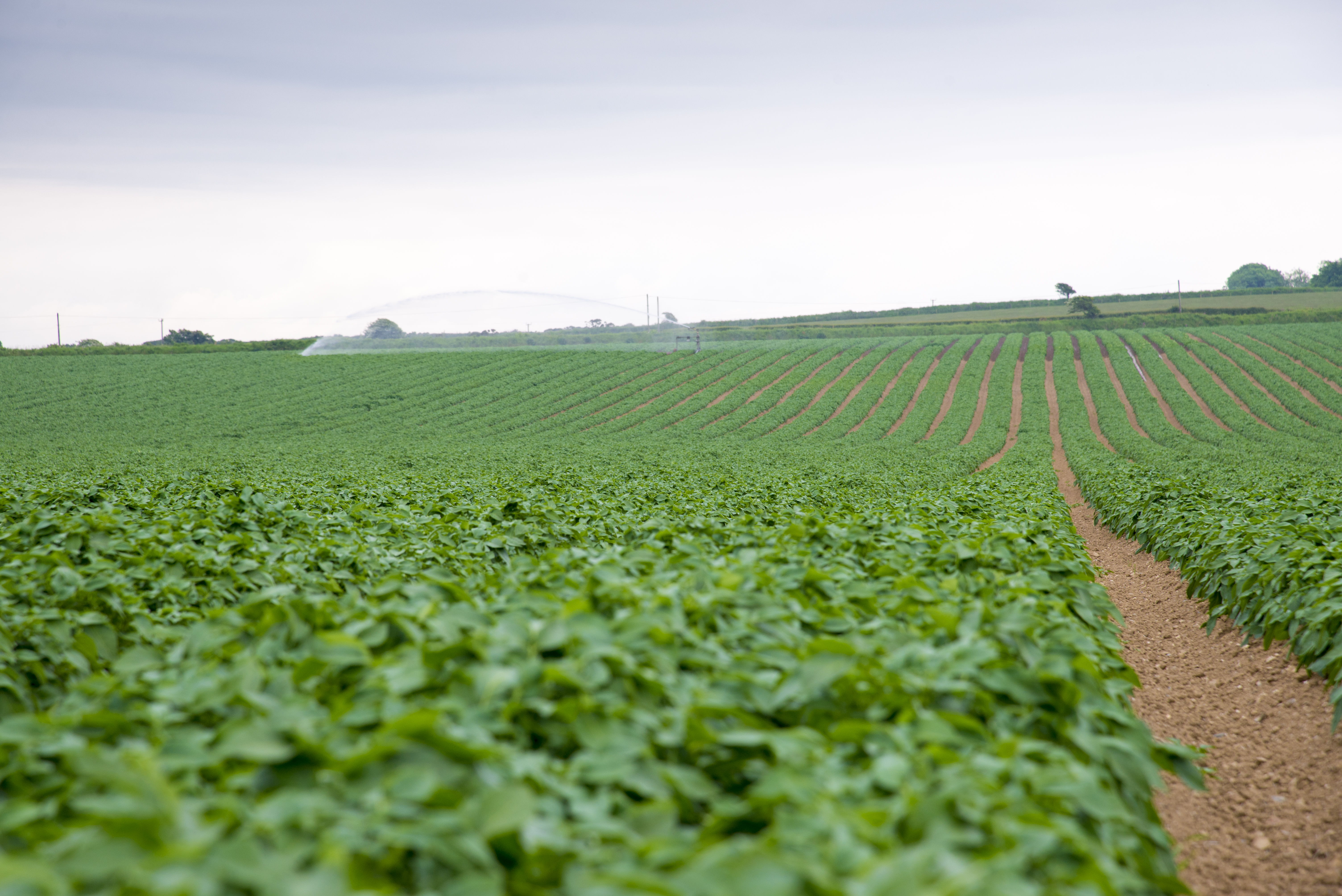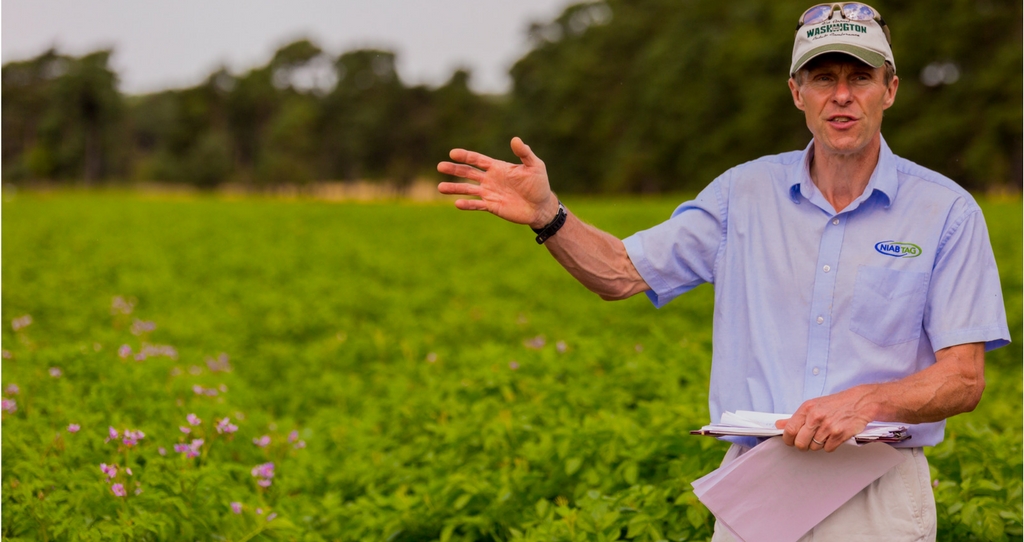There is a big opportunity for growers to control common scab more effectively by altering their irrigation regimes, according to senior research scientist at NIAB CUF Dr Mark Stalham.
“Growers understand that the way to suppress the scab pathogen is to keep soils wet at certain critical times, but because different varieties have different resistance, some crops need less water than is actually being applied.”
Such adjustments could prove a win win, allowing growers to target water to where the beneficial effect will be most, while cutting the volume used elsewhere.
“With water becoming a scarcer resource – and irrigation coming under ever-more scrutiny – this is important,” Dr Stalham said at Newmarket Racecourse, where the visitors heard results from a range of trials and experiments held at Suffolk’s Elveden Farm Estate.
“There is still a hangover from decades gone by, when people used to spray water around profligately, but a one-size-fits-all approach doesn't necessarily work.”
The researcher said that growers could be paranoid about keeping the soil wet during the four-week period after tuber initiation. For many crops, half of all the water applied went on during that spell.
“It doesn't have much benefit on yield,” Dr Stalham continued. “It’s more done in a bid to achieve quality by suppressing scab. It’s wasteful, however, as you can be a lot more hesitant about when you put water on some varieties.
If it’s not Maris Piper, which is very susceptible to the disease, you should be asking whether you need to apply as much as you do, when you do.
“Our research has been looking at whether you could cut back from four or five irrigations to only two or three in that period without any damaging effect, or if you could stretch the interval between them. The answer in a lot of cases is yes.”

Aside from saving water and costs, a new approach could be a huge help to those who don't have the capacity to irrigate at critical times. Especially as there has been a culture of scab control where if you take your foot off the throttle for a day, you have a problem.
Dr Stalham said: “They could take a more targeted, focused approach, concentrating on the varieties that really need it and irrigating those when they most require it, rather than being stretched too thinly. We’re keen to give growers confidence that there could be opportunities to go less frequently with slightly larger doses.
“Maris Piper is the most susceptible variety so as soon as the tubers are initiating you should be in there with water, but the research suggests that application rates to Electra, Orchestra and Vales Sovereign could often be cut with no detrimental effect. On a sandy soil, they might only need half as much water as Maris Piper within the control period.”
Climate change is also exacerbating the need for more fine-tuned programmes. As the weather warms up, growers need to work much faster at the end of the scab control period.
Dr Stalham explained: “Changes in climate are creating more wind, so growers can find themselves having fewer hours in the day in which they can irrigate effectively. The ability to prioritise what they can do in a weather window is more important than ever.”
Leontine, Maris Peer, Nectar, Red Fantasy and Saxon are among the varieties with lower scab resistance – so cutting irrigation didn’t make sense in those crops, but there was still scope for timing the first irrigation correctly in relation to pathogen build-up, he added.
